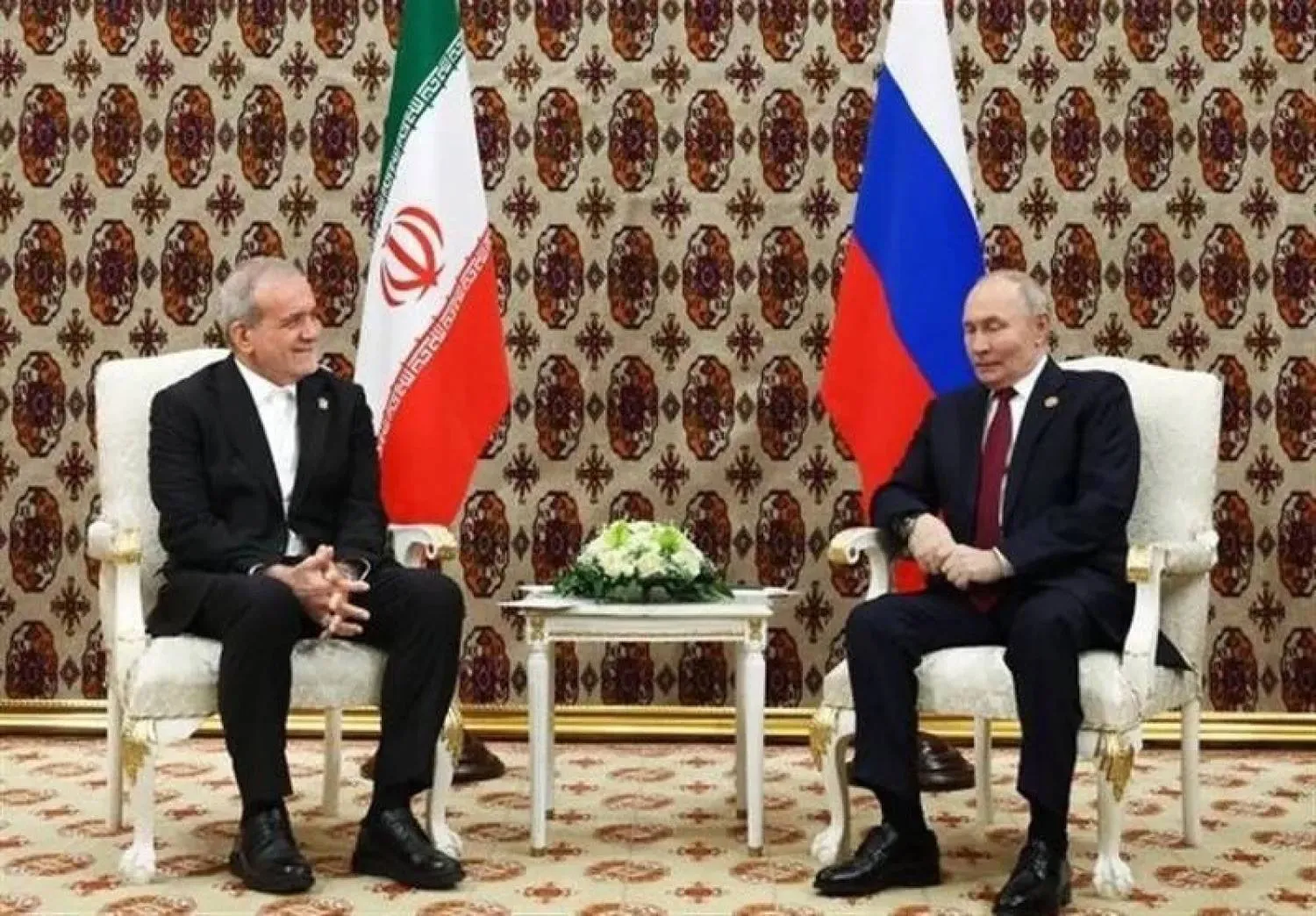Saudi investigations showed that a terror ring of five members linked to the architect of the Khobar tower attack, Ahmed Ibrahim Al-Mughassil, have revealed crucial intel on the arms and drug trafficking industry in the kingdom’s eastern province, Qatif.
Mughassil was given asylum by Iran for some 19 years—however now is in Saudi custody.
According to confessions of the five, arms smuggled into Saudi Arabia and handed over to armed groups in Qatif province came en route Arabian Gulf waters.
Weapons were being trafficked in by Iranian vessels, and were under Mughassil’s direct supervision.
The mastermind of the Khobar bombings is accredited to plotting one of the most violent terrorist and devastating terror attacks against American missions on foreign territory.
Not only did Iranian authorities arm terrorist groups in Qatif, but also contributed to aiding fugitives wanted in Saudi Arabia providing them with means to escape by sea and securing them asylum.
Investigations filed to Saudi Public Prosecution against the five suspects stand as evidence to the full-fledged support Iran gives to terrorists compromising Saudi national security.
Charges pressed against the five defendants involve the illicit purchase of a naval vessel from Bahrain-based parties, worth an estimated 70,000 riyals, to smuggle weapons into Saudi Arabia.
The five are also believed to hide information on escaping fugitives and participating as naval mercenaries in the Arabian Gulf.
Their tasks involved providing direct aid to those trying to escape the law in Saudi Arabia and arming Qatif-based extremists with weapons.
Interrogation details added that the suspects face charges of conspiring against regional stability, and advancing Iran’s expansionist agenda, for having withheld vital information on arms smuggling into the kingdom.
A few days ago, Saudi General Prosecution uncovered the way Iran planned to revive “Hezbollah al-Hejaz” through a case filed against five Saudis it accused of being trained on weapons inside the Iranian Revolutionary Guards camps.
The five Saudis, who can be described as “Iran’s powerful men in Saudi Arabia,” were also trained on the use of RPGs, which were also used lately by terrorists in the Awamiya town.
In addition, the five suspects are accused of receiving trainings on the use of other explosives, including TNT, RDX, C4 and others.









